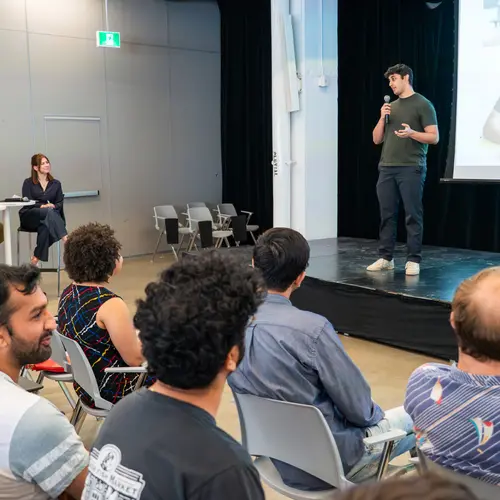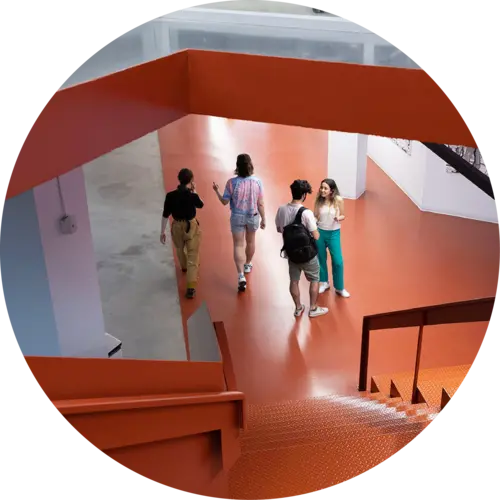
Alessandro Sordoni
Biography
I am a principal researcher at Microsoft Research Montréal.
For my PhD at Université de Montréal under the direction of Jian-Yun Nie, I investigated how to effectively represent documents and queries for information retrieval.
Recently, I have been motivated to study the efficiency of learning and systematic generalization in current large deep learning models. My interests span the fields of unsupervised learning and few-shot learning, especially in NLP.


